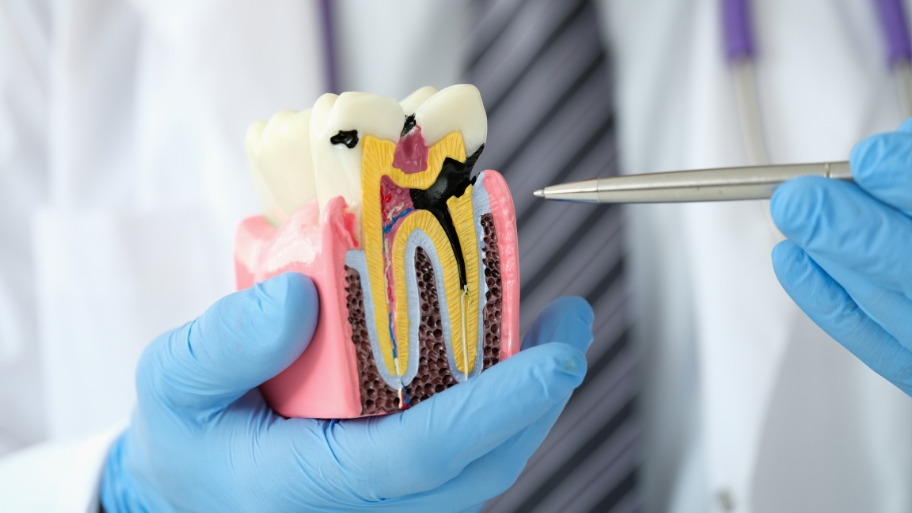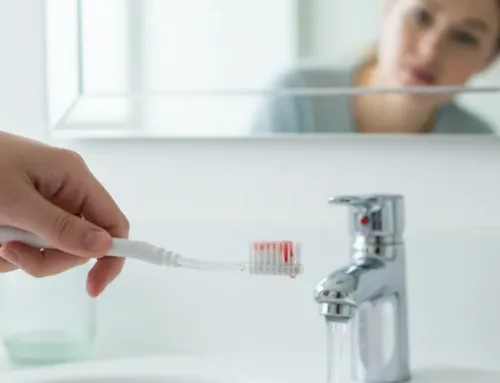If you’re a busy parent just looking for the essentials, here’s your go-to list for protecting your child’s smile:
✔️ Quick Answer:
🔹 Brush twice a day with fluoride toothpaste
🔹 Start cleaning even before the first tooth comes in
🔹 Limit sugary treats and drinks throughout the day
🔹 Floss daily once teeth begin touching
🔹 Visit the dentist every 6 months for a checkup and cleaning

These simple, everyday habits are the foundation of how to prevent cavities in children.
They don’t require fancy tools or major lifestyle changes—just consistency, a little supervision, and a focus on long-term oral health.
In the sections ahead, we’ll break down why these steps matter, how to make them part of your child’s routine, and when to get extra support from your dentist.
Why Cavity Prevention Matters for Kids
Cavities aren’t just about sugar and toothbrushes—they’re one of the most common chronic conditions affecting children. And when left untreated, they don’t just go away—they can get worse fast.
Here’s what parents need to know:
That’s why preventing tooth decay in children isn’t just a dental issue—it’s a health, learning, and emotional well-being issue too.
Starting early doesn’t just protect their teeth—it supports their entire development.
Daily Habits That Help Prevent Cavities in Children
Knowing what to do is one thing—making it part of your child’s daily routine is another. That’s where many parents hit a wall. Here’s how to build those cavity-fighting habits into your family’s day in a way that sticks.
🧼 For babies: Start early.
Use a clean, moist cloth to brush your baby’s gums after feedings. It’s simple, takes 10 seconds, and helps establish the habit before the first tooth even appears.
🪥 Make brushing twice a day non-negotiable.
Kids aren’t always cooperative, and that’s okay. Let them pick their toothbrush color, sing a two-minute song, or turn brushing into a game to keep it consistent. If they’re under 6, help or supervise every time.
🧵 Flossing doesn’t have to be a battle.
Floss sticks or kid-friendly picks are easier than traditional floss. Start when teeth touch—usually around age 2–3—and do it together so it becomes normal.
🍬 Break the grazing habit.
Set meal and snack times instead of letting your child nibble all day. Constant exposure to sugars—even “healthy” snacks like raisins—feeds cavity-causing bacteria nonstop.
💧 Make water the go-to drink.
Especially between meals or after snacks. A water bottle on hand makes it easy, especially when juice is saved for occasional treats.
👪 Be mindful of saliva sharing.
It’s easy to forget how often we “test” food or share utensils with kids. But doing so can transfer cavity-causing bacteria—especially during infancy and toddler years.
🦷 Stay on top of dental visits.
Life gets busy, but sticking to the every-6-month routine helps prevent small issues from turning into bigger ones.
🛡 Ask your dentist about extra protection.
Fluoride varnish and dental sealants are fast, painless ways to protect your child’s teeth—especially their molars, which are cavity-prone.
You don’t need perfection. Just a handful of consistent habits that become second nature—and your child’s smile will thank you.
When to See a Dentist—and What to Expect
Even with strong at-home habits, some things are best left to the professionals. A pediatric dental team can spot early signs of trouble long before your child complains of pain—and that makes a big difference.
So, when should you book a visit?
👶 By age 1—or within 6 months of the first tooth.
That first dental visit isn’t just about teeth—it’s about establishing trust, catching any early red flags, and helping you feel confident in your child’s oral care routine.
🗓 Every 6 months after that.
Yes, life gets busy. But staying on schedule means fewer surprises, faster treatment if needed, and a lower chance of dental anxiety for your child.
🚩 Between checkups, watch for warning signs like:
🔹 Complaints of tooth sensitivity or pain
🔹 White, brown, or black spots on the teeth
🔹 Avoidance of cold or sweet foods
🔹 Swollen, red, or bleeding gums
💺 What happens at a checkup?
Most visits are short and gentle. Expect a quick cleaning, a cavity check, and simple advice tailored to your child’s age and habits. For younger kids, it’s often more about education and comfort than treatment.
Regular visits support everything you’re doing at home for preventing tooth decay in children. They also give your child a safe, positive relationship with dental care—something that pays off for life.
You’ve got the daily habits down. The dentist is your partner in keeping things on track.
Your Local Partner in Cavity Prevention – Brighter Smiles Family Dentistry
As a parent, you want to do everything right for your child’s health—including their smile. At Brighter Smiles Family Dentistry, we’re here to make that easier, not harder.
Families across West Des Moines choose us because we take the time to make every visit personal, positive, and pressure-free.
Whether it’s your child’s first dental checkup or a regular cleaning, we’re here to support you with:
If you’re ready to take cavity prevention for kids to the next level, our West Des Moines dental team is here to help—whether you’re starting early or getting back on track.
📣 Want support with your child’s dental care? Schedule a visit with Brighter Smiles Family Dentistry today.

About the Author
Brighter Smiles Family Dentistry, led by Dr. Melani Fulton, upholds a legacy of exceptional dental care in West Des Moines, IA. Dr. Fulton, a University of Iowa College of Dentistry alumna, specializes in family dentistry and orthodontics. She succeeded Dr. Dan Todd in 2021, continuing a tradition of patient-centered, high-quality dentistry. Committed to gentle, modern treatments, Dr. Fulton’s approach is deeply rooted in community values, ensuring every patient feels like family at Brighter Smiles.




